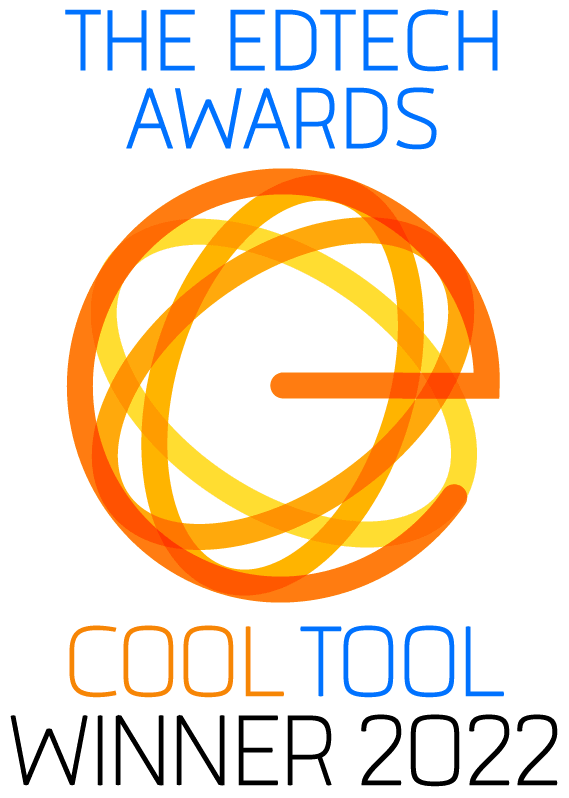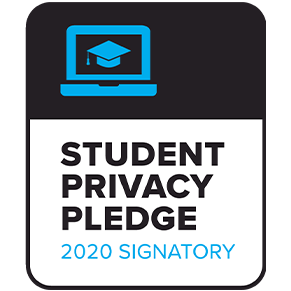The DBQ Project Method™
The DBQ Project 6-Step Method underpins the design of all our DBQs and Mini-Qs. Each step builds on students’ curiosity and increases motivation and confidence to answer a compelling, authentic question.
 |
Step 1: The HookEngages students and orients them to the question. |
 |
Step 2: Background EssayFurther orients students to the question and provides essential context that helps make sense of the documents. |
 |
Step 3: Understanding the QuestionHelps students plan so they can target their investigation of the documents. Clarifying the question motivates students to start reading their sources to find answers. |
 |
Step 4: Document AnalysisIt’s like you’re a detective! The documents provide clues and evidence students need to support their thesis or claim. They provide the knowledge and information students need to answer the question. |
 |
Step 5: Bucketing, Chickenfoot & Thrash-outHelps students get organized. Buckets become containers for evidence that students use to categorize or group evidence from the documents. Students prepare to write by debating or “thrashing-out” their answer to the question. Students practice using evidence from the documents to support and verbally validate their claims. They use what they learn to outline their essays. |
 |
Step 6: The EssayStudents write multi-paragraph, evidence-based essays using their documents, buckets, and outlines to support and explain their reasoning. |
The DBQ Project Method provides a framework of best practices that guides teachers and students to read smart, think straight, and write clearly.
How do you teach a DBQ?
It is much easier to assign a DBQ than to teach one. Using document-based questions as a method of instruction rather than just an exam is at the heart of DBQ’s philosophy.
To master high-level skills, students need high-level instruction.
“The DBQ Project engages and challenges students of all ability levels. We have been able to successfully use these materials with students in grades as low as fourth. As a Curriculum Coordinator I have seen many teachers implement dbqs in their classrooms. The process outlined by the DBQ Project provides step-by –step instructions to attain high quality results. One of the most valuable steps I have witnessed is the "thrash out". This acts a pre-writing activity and allows students to formalize their thoughts and gain more insight as they enter into the writing process.”
– Mark Quinlivan, SS Coordinator, Laramie County District #1, Wyoming


